‘Knowledge of other people’s beliefs and ways of thinking must be used to build bridges, not to create conflicts.‘ ~ Kjell Magne Bondevik
The last posting recounted the general situation in which many find ourselves – despite best attempts at trying to live a fulfilled life, there are times when our actions don’t connect us to our deeper ideals or deeper ideals that others hold. In that posting I summarised the universality of human needs and the way in which we strategise to meet them, often with undesirable results.
The practise of Nonviolent Communication (NVC) suggests that we need to contact our true needs in any given moment of conversation so that we speak from them. Drawing attention to our feelings, those responses to needs being met or unmet, we can then amend our course so that we can be more fulfilled. Much of what we do in conversation can be judgemental – building barriers rather than bridges between people.
This posting will examine how we might best forge connections and assist others and ourselves to meet needs. To start we need to generate Empathy.
What is Empathy?
Let’s start by saying what Empathy is not. For a start it is not a synonym for Sympathy. Sympathy arises when we encounter another’s difficulty and imaginatively co-experience what it might be like in their position. So, when someone says they feel miserable because nobody listens to them, we might adjust our volume to be parallel with the speaker and adopt a tone based on how we might feel in the same situation. ‘Oh, you must feel awful, you poor thing…’ we might even say, thus assuming and pronouncing a judgment on their inner experience. Thus, it becomes about us commenting on and approximating their moment. Essentially, when we are sympathetic, it is about us. This is not to say that sympathy isn’t useful overture to empathy – it can help draw people closer together, but it can involve the listener colluding with the speaker’s situation and not necessarily assist them to move beyond it.
Empathy is a subtly different but altogether more profound option. Empathy provides an opportunity for the listener to help the speaker come to know his or her own feelings and needs while concurrently affirming their own need for connection.
Empathy, when practised effectively, embraces all the people present in the communication. If not, it can give the impression of being akin to a therapy session. Therefore it is important to frequently touch in with one’s own feelings and check to see what one’s own needs might be when offering Empathy.
How do you offer Empathy?
Firstly, for people unfamiliar with this model, it might be best to ask permission to try it before launching in, as it is rather like switching into another language in the midst of a conversation and, as such, it can be bewildering. Also when starting out with NVC, there is a standardised way of phrasing empathic speech that may appear stilted or unnatural. Over time, through extended practise, people tend to find their own more intuitive voice to communicate empathically.
Empathy begins by listening to both what is alive in you at the time and to the other person as they speak. As mentioned above, most important of all is to know what is going on within yourself- you cannot offer Empathy if you are wanting Empathy yourself. When the person is speaking, pay attention to more than the words – observe their behaviours and mannerisms with a kindly intent. Then begin by asking questions, not out of a desire to guess correctly so as to appear wise and ‘Empathic’ but rather as a gift to the other person that will help them unlock the secret of their unmet needs. The questions asked have two parts: you identify what they might be feeling and then suggest why they might be feeling this, though we need to phrase this in terms of their need rather than on any storyline or strategy.
In many cases, NVC is employed as a mediation tool where a third party might intercede and assist others to reach some form of mutuality. Thus, using the previous example of the person who does not feel heard in meeting I have brought in a person practising NVC – let’s call him Marshall.
Brad: “You don’t listen to my opinions. Clearly, you are not interested in what I have to say.”
Marshall “Are you feeling frustrated because you value appreciation?’
NOTE: This is not an opportunity to affirm the storyline for the person and side with or against their antagonists so one doesn’t offer…
Marshall: “Are you feeling frustrated because you value appreciation and you believe Janet is am not capable of seeing you?’
The underlined section is an analysis and a judgment which blocks Brad from connecting to his core need and draws him into the situation, into the troublesome narrative. We do not need take Brad into the conflict, but rather into what he needs.
Again, it must be highlighted that this is not an opportunity to be clever and ‘do’ NVC on somebody so that we might guess their states correctly like some perverse game. We are not reducing another’s experience to point-scoring, rather we are assisting the other person to come into contact with what lies at the core of their pain. Sometimes we do not touch on their feelings accurately, and that is perfectly acceptable, in fact, it might assist the person to look for themselves to see what they are actually experiencing. So, for example-
Brad: “Janet doesn’t listen to my opinions. Clearly, she is not interested in what I have to say.”
Marshall: “Are you feeling embarrassed because you believe in working in partnership?
Brad: ‘Um… not, not embarrassment exactly but more feeling agitated or, exasperated that Janet doesn’t take my ideas seriously.’
Marshall: ‘ Exasperated. Ok. (pause) Are you feeling exasperated because you value acceptance and would like to have more appreciation in your life?’
Brad: ‘Yes! I’d like to be appreciated for what I say. Actually, I do just value appreciation – its important to me. ’
At this point it could be valuable for Marshall to approach Janet and see if she would be willing to accept some empathy.
Marshall: ‘Janet, can you tell me what’s going on for you in your relationship with Brad?’
Janet: ‘He’s a pain! Well, it’s not that I don’t appreciate what Brad has to say, it’s just that he takes so long to say anything of value. I get lost in all the stories he tells that I lose the original point.’
Marshall: ‘So, Janet, do you feel confused when Brad shares his ideas because you value clarity?’
Janet: ‘Exactly. If he could just get to the point… I mean, I’d say something to him but I don’t want to hurt his feelings, but clearly I have by doing nothing. He’s so needy!’
Marshall: ‘I guess that you are feeling irritated because you value independence and efficiency.’
Janet: ‘Yeah… why doesn’t he have confidence in himself? People like that frustrate me. I like working with confident, self-actualised people.’
In this example, drawn from practice sessions during the course, Marshall has been able to allow the combatants to access their core needs through skilful observation of their behaviour, through reading their tone, listening to their words and reflecting on what might be alive in them at that moment. We have ascertained that Brad has a need for Acceptance, Appreciation and Mutuality, whereas Janet has a need for Clarity, Independence, Efficiency and possibly Community in as much as she wants to be with like-minded self-actualised people. Are their needs in conflict? Both have a need for Connection that is not being met in their relationship. At this point the conversation with Marshall needs to take a different direction and move into the participants making requests.
What is a request?
Requests are a do-able, realistic, positive action that one asks of another in order to assist the meeting of a need. Requests are not demands but negotiated suggestions for future behaviours. They are always specific so that there is minimal room for ambiguous interpretation.
Marshall: ‘Janet, I wonder if you would you be willing to ask Brad when he is speaking if you are confused about the point he is trying to make?’
Janet: ‘Isn’t it rude to interrupt someone when they’re speaking?’
Marshall: ‘When I hear you say that, I hear that you value respect for other’s feelings.’
Janet: ‘Well, yes. I do. I don’t want to interrupt him because it might hurt his feelings.’
Marshall: ‘Brad, I wonder if you would be willing to accept an interruption from Janet when you are communicating your point of view?’
Brad: ‘If it helped Janet hear what I have to say, then, sure. How she interrupts would be important to me, though.’
Marshall: ‘Janet, would you consider saying to Brad that you are lost or confused and that you need some clarity?’
Janet: ‘Sure. (smiles) I could say, maybe, “Skip to the end…?” ‘
Brad: (laughs) I think I’d get the point if you said that.’
In this example, we can see that both of the people’s needs can be met. Though Brad’s storytelling is not appreciated, the need for his point of view to be accepted will be, if Janet takes the move to interrupt him. Perhaps a follow up could be for Marshall to check in what everyone has agreed upon so there are no remaining misconceptions. Also, if the storytelling is an important way for Brad to be heard, then perhaps finding others who appreciate that aspect of his communication might be a way to meet that need.
This posting has been an overview of the Reconnection process. We begin by observing our own feelings and needs then observing/ guessing what they might be for others. From a place of Empathy we ask questions, not provide solutions, that allow the other person to contact their own feelings and needs. Once there is that connection, there is an opportunity for correction in the form of negotiated requests.
The next and last posting in this series will contemplate implications for educators and the young people in their care.

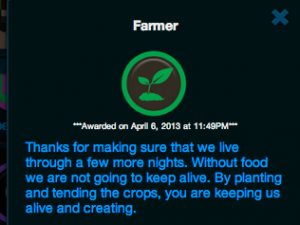
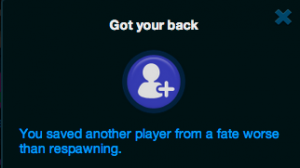
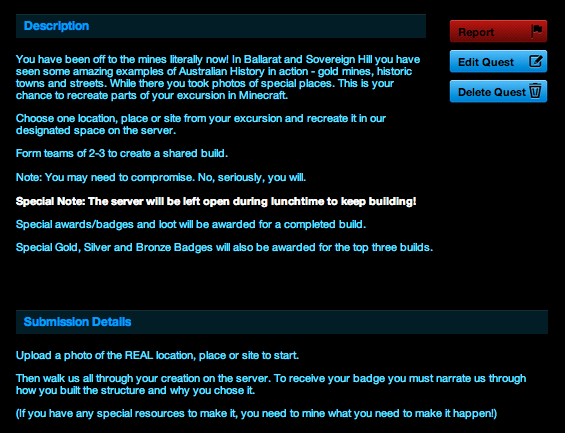
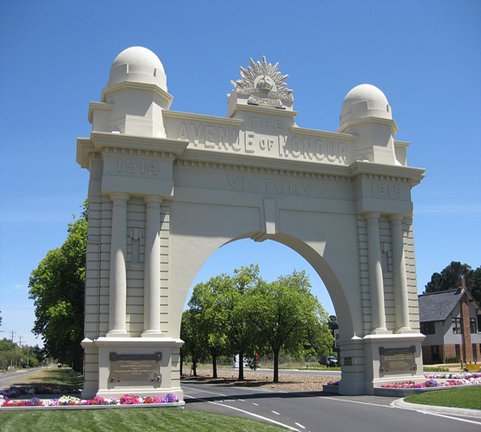
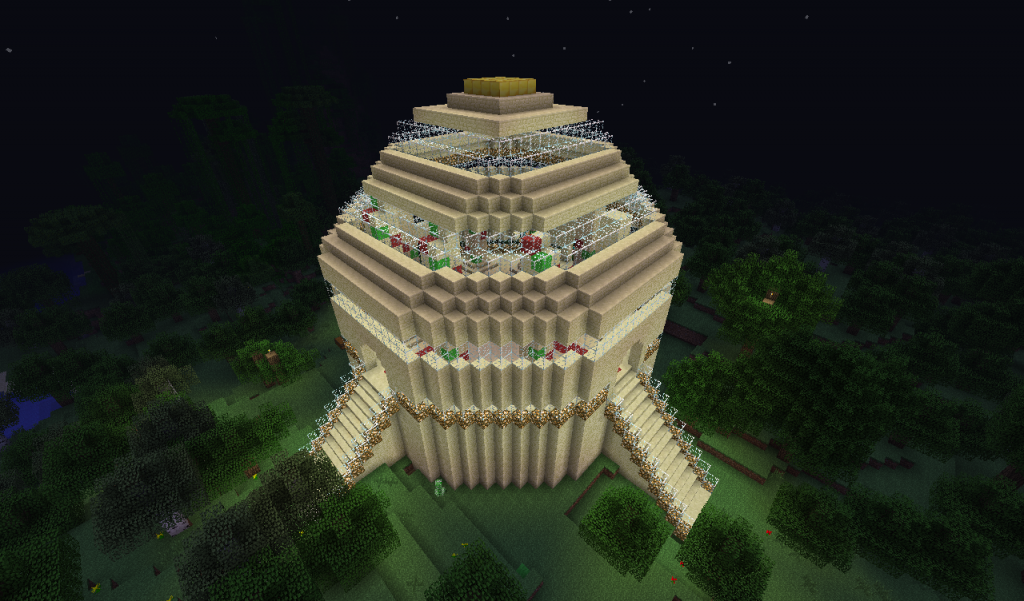
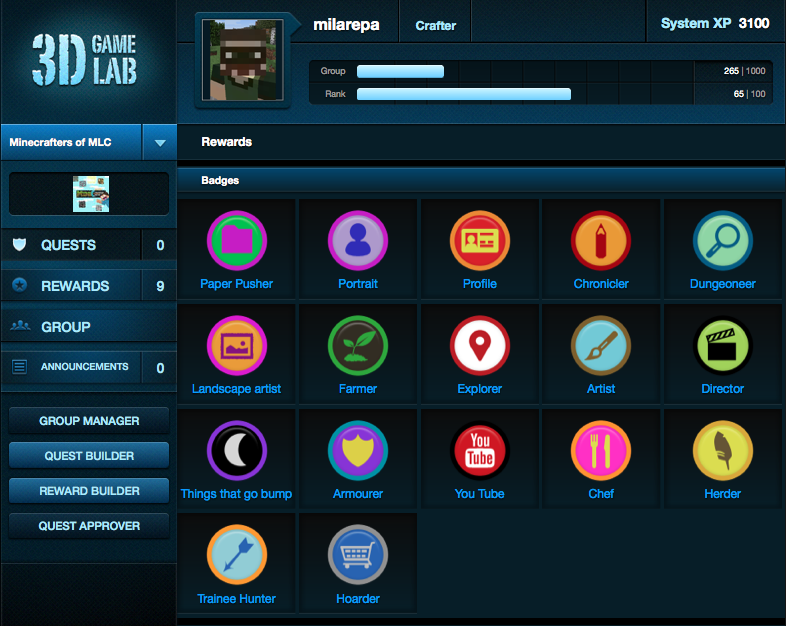
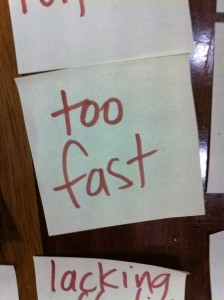
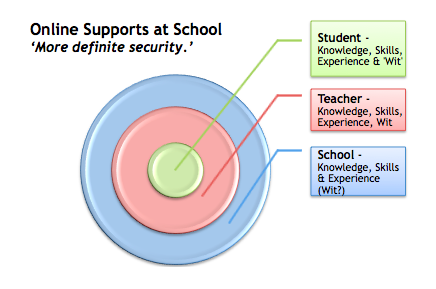
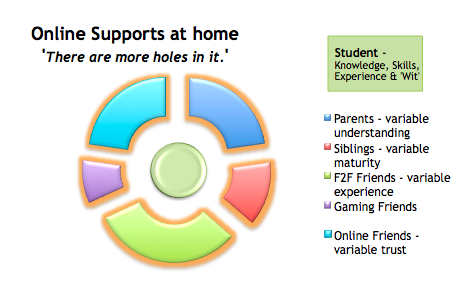

Recent Comments